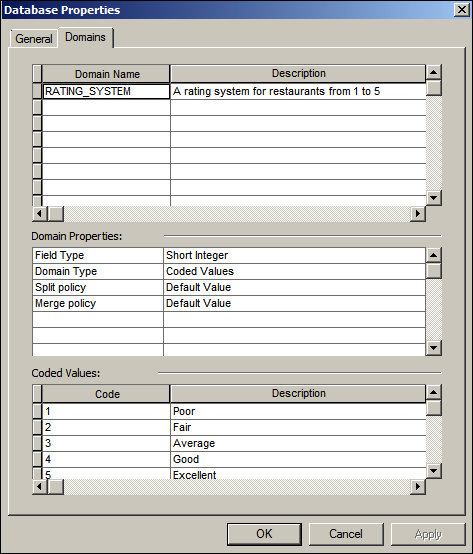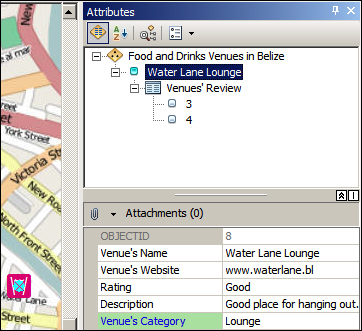In the previous chapter, we managed to complete a geodatabase, create feature classes, add attributes, work with domains, and so much more. However, it was a quick and rough design, not very efficient. We also had multiple feature classes which are almost identical. They have some differences, but they share a lot of attributes. You may imagine that if I ask you to delete an attribute in your geodatabase or change its size, you will have to do it in all these feature classes. We had to repeat a lot of steps and duplicate fields between the different feature classes, and that is because we didn't spend time on designing a proper model for our geodatabase.
Modeling geodatabases is important; it allows you to identify the weak points in your geodatabase design before implementing it physically. The moment you commit to a design and start populating your geodatabase, it becomes expensive to modify the schema. In this chapter, we will work on remodeling the Bestaurant...



